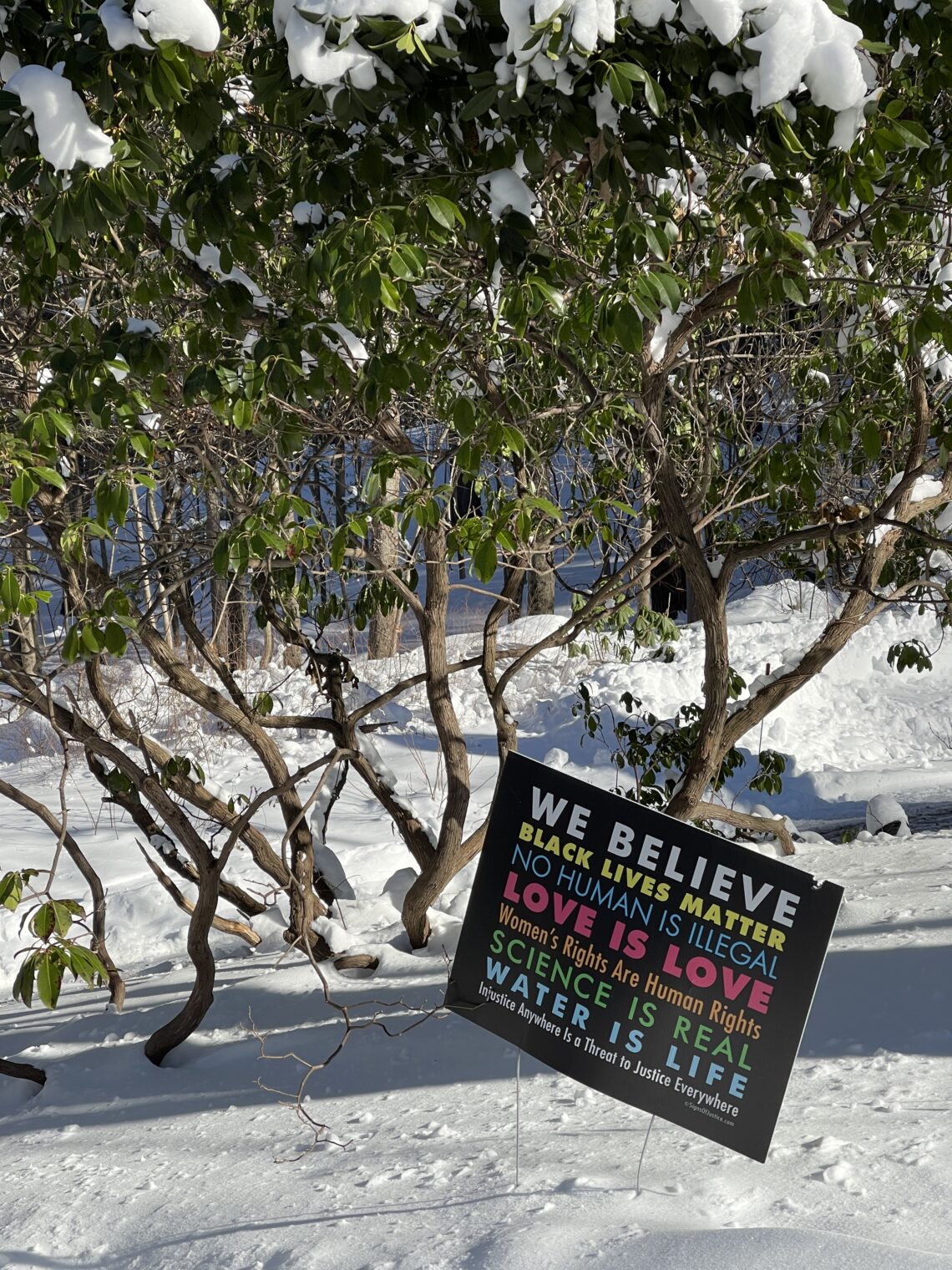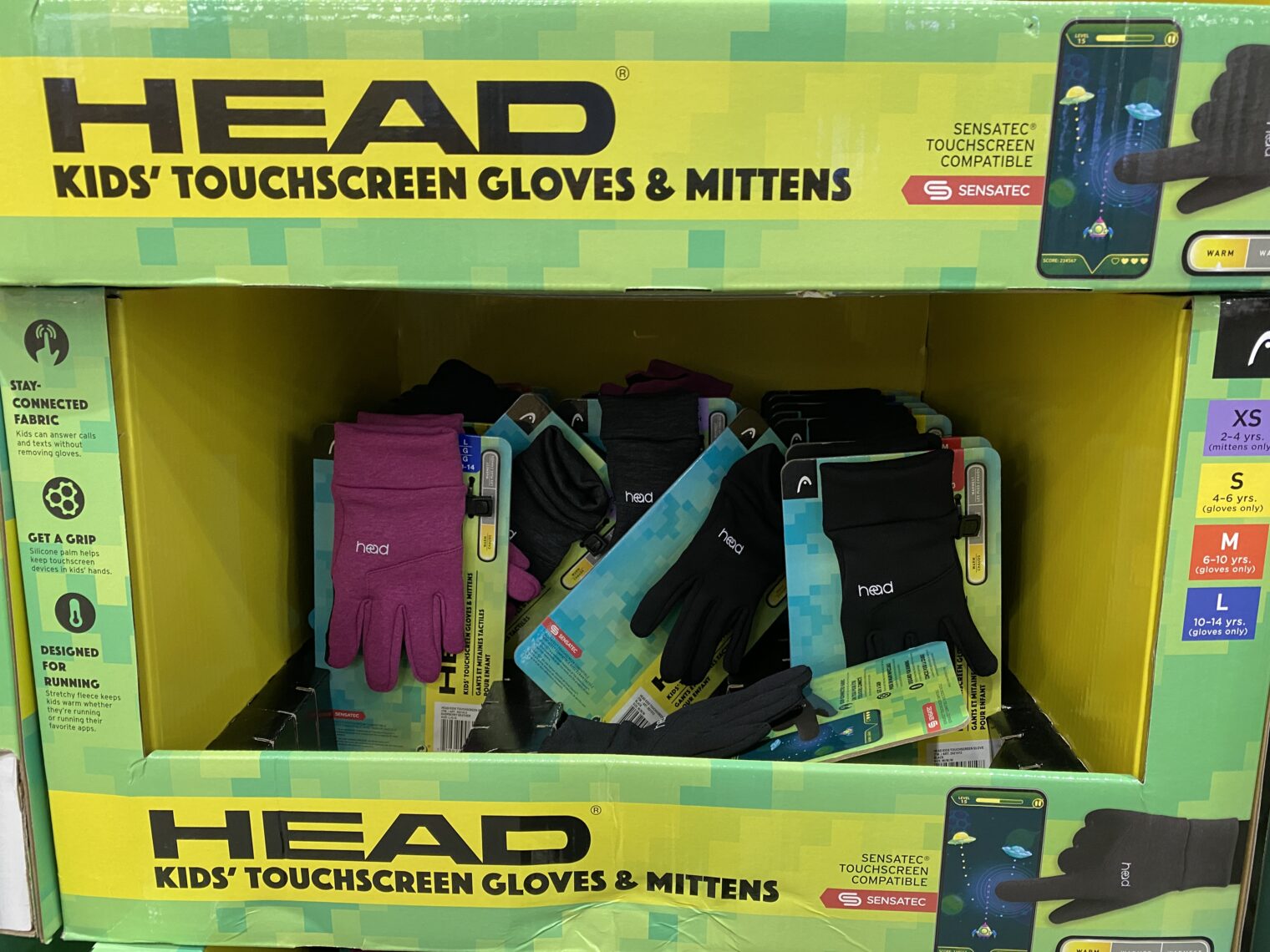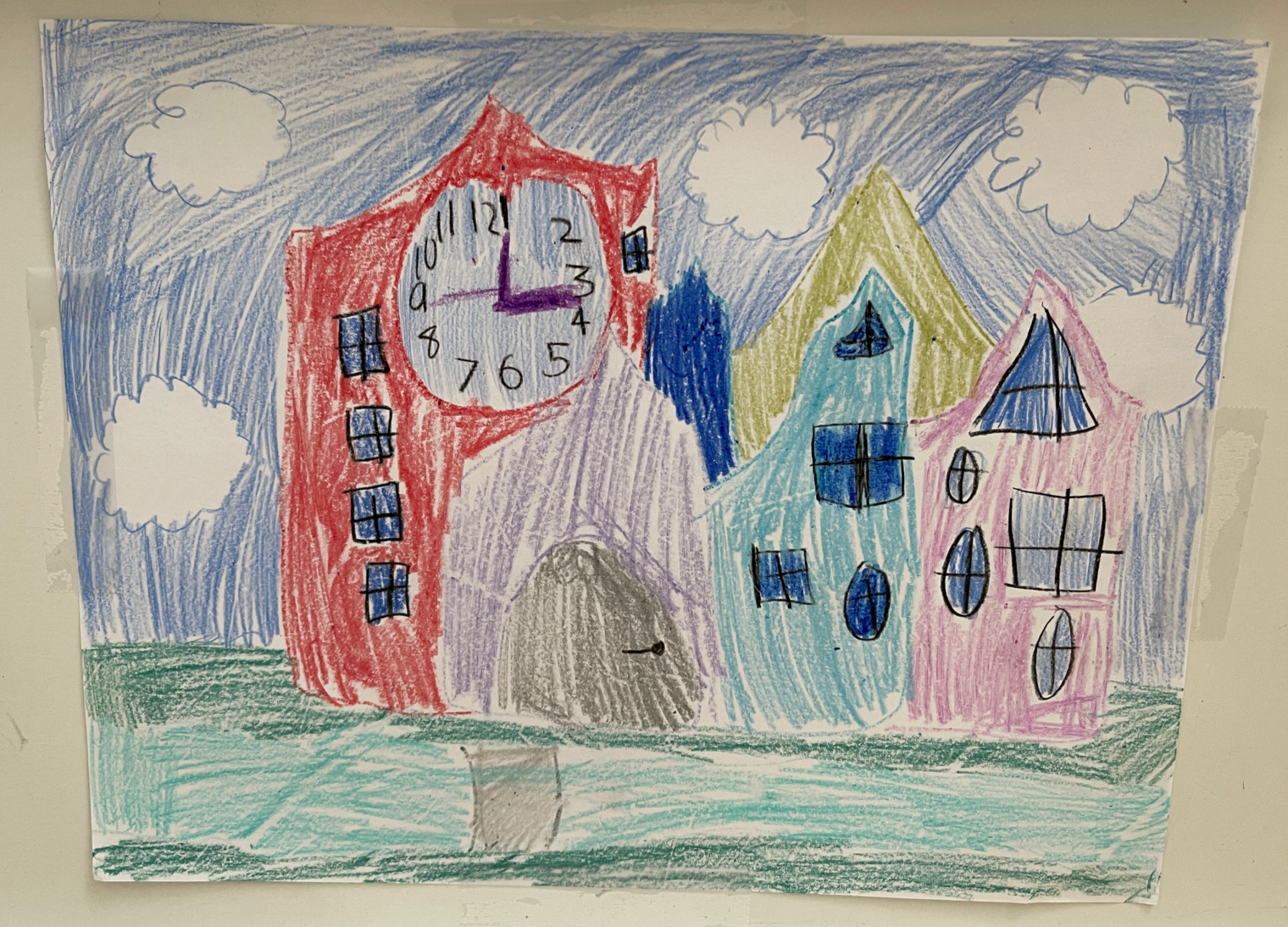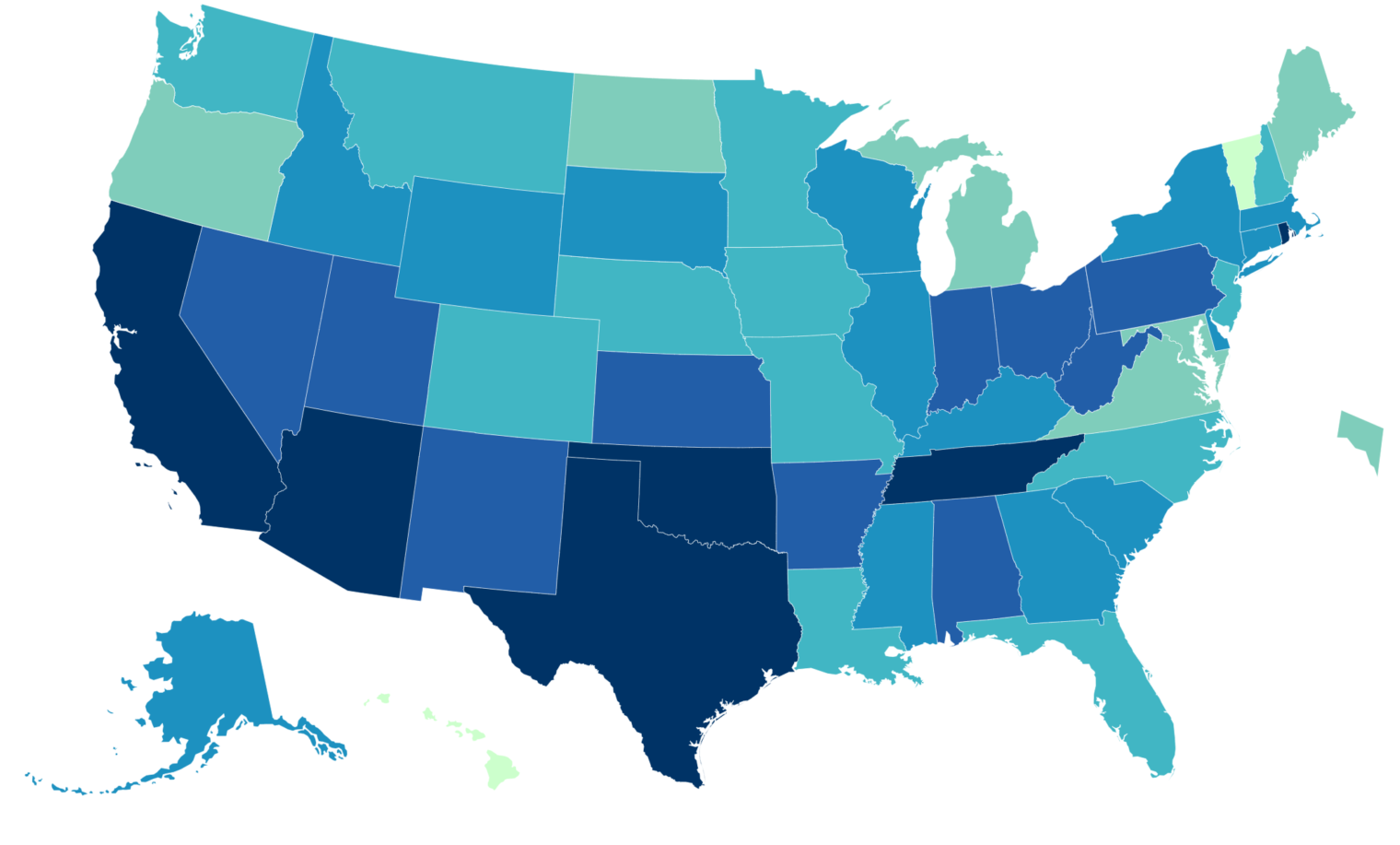As noted in Coronapanic proved Greta Thunberg right, 2020 will go down in history as the year when adults stole the most from children (a whole year of their educational and social life in hopes that a handful of (mostly very old) adults might live a few additional years).
American children are now supposed to be focused computer users all day at home in “remote school” with no supervision. Adults in this situation will generally get distracted with online shopping, online chatting with friends, social media, etc. But we have set up a system in which a teenager who fails to resist all of these temptations will lose a year of education.
First, I’m wondering why there isn’t a service in which someone in India or the Philippines will remote desktop into the child’s computer and stay there all day. The remote proctor can then shout out “Hey, get back to your school browser. Tiktok will not help you get into Yale.” Let the remote proctor connect to a speaker in the corner of the room to do the shouting and call the monthly service Telescreen. Perhaps for a reduced monthly fee, the folks in India/Philippines could use conventional operating system controls and alert parents on a daily or weekly basis, block out new chat sites daily, etc.
For those who want to do it all themselves, but not stand over the child/teenager every day, what operating system is best? Windows has an extensive array of controls, I think, when the parent is the Admin account and the child is a User account. Some explanations:
A friend who has a history of monitoring activity within his household (see Au pair to green card) says the following:
Windows does it perfectly. There’s a browsing and search history monitor. You can restrict by host. If his chat apps are inside the browser, you can block the host name. It knows about browsers even you don’t know about. The parent can easily see that he is spending 4 hours a day on somechat.com and then go see herself what it is and then block it with one click. It can all be done remotely.
(Some of the protections on web activity may work only if the browser is Microsoft’s own Edge program.)
How about the Macintosh? This Macworld UK article suggests that it is easy to block categories of web sites, but not individual hosts. A third-party app, bark, seems to go deeper at $100/year.
Should we ask Professor Dr. Jill Biden, Ed.D. for advice in this area?
Finally, why isn’t there a good marketplace for American parents to hire teachers/tutors from foreign countries to sit virtually with their children in the sad parody that we call “remote school”? For a higher fee, instead of a proctor who can block time-wasting activities (such as blogging!), the teenager gets a qualified teacher to look at assignments, suggest references, etc. There are markets for language tutors, right? Why not a market for a remote private teacher for one’s kids? It could be useful also for parents whose children are “homeschooled”.
Touchscreen gloves for the child who needs to be online in the snow…
From our in-house 11-year-old artist, who is not a screen-time junkie. I wonder how much paint will be coming off with the tape that she used…
Readers: What is the technical solution? Windows, Mac, Windows+App/Service, or Mac+App/Service? And why can’t we easily pay the foreigners who might be able to help our children stay focused on their schoolwork?
Full post, including comments 





